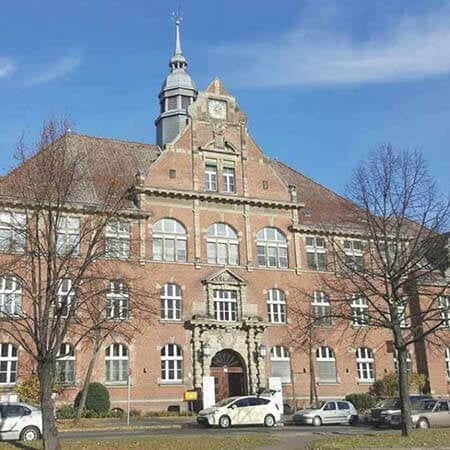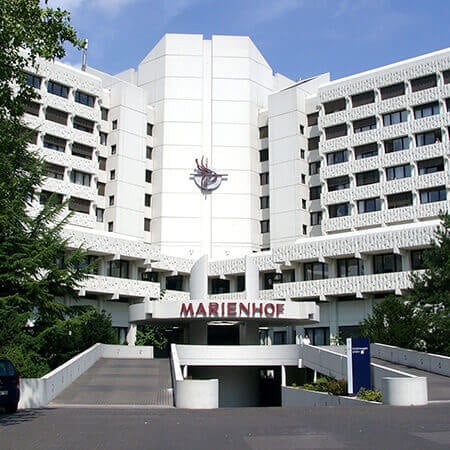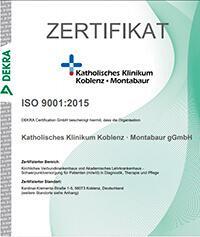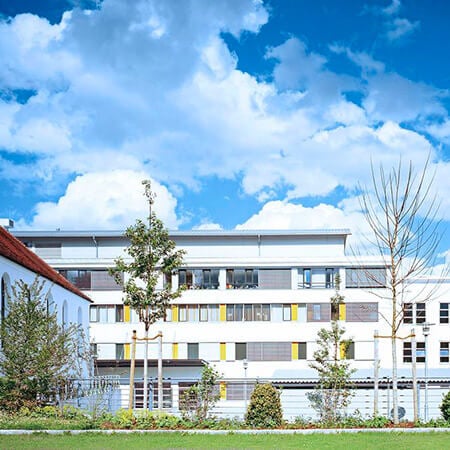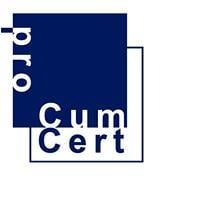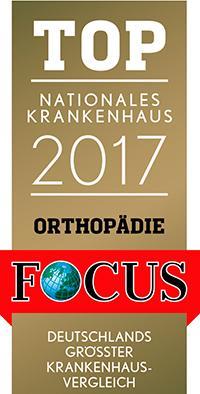Knee arthritis (gonarthrosis, osteoarthritis of the knee) is a degenerative disease characterized by damage to the articular cartilage and the bone located underneath. Soft tissues are also usually affected: joint capsule, ligaments, muscles, synovium, bone and cartilaginous growths appear. You can undergo diagnostics and treatment of this disease abroad. You can see the cost of treatment in different hospitals on the Booking Health website and book a medical care program on favorable terms.
Content
- Causes of the disease
- Diagnostic of osteoarthritis of the knee
- Conservative therapy
- Surgery
- Joint replacement surgery
- Treatment in European hospitals with Booking Health
Causes of the disease
The etiology of osteoarthritis can be either primary or secondary. The primary form develops for unknown reasons, without any previous diseases. This variant of the pathology is more common and represents age-related joint wear and tear. Secondary osteoarthritis develops as a result of another disease, for example, after severe trauma or infectious arthritis.
Gonarthrosis affects 20% of the world's population. Its primary form is more common. The risk factors for the disease are:
- Age – the older the person, the higher the risk of pathology.
- Pathology affects women 30% more often than men.
- Obesity or high physical activity puts more stress on the knee and accelerates joint wear and tear.
Osteoarthritis inevitably progresses. Over the course of several years or several decades, it leads to a complete loss of limb function. Most patients develop chronic pain.
Knee arthritis is inflammation of the knee and degeneration of it cartilage.
Treatment includes pain and anti-inflammatory medications, intra-articular injections, physical therapy, surgeries.
Cost of conservative knee arthritis treatment is from €2,992. You can find other prices on the Booking Health website.
The best hospitals in Europe are:
- University Hospital of Ludwig Maximilian University of Munich
- Helios Hospital Krefeld
- University Hospital Frankfurt-am-Main
- University Hospital Rechts der Isar Munich
- Clinic of Advanced Biological Medicine Frankfurt-am-Main
Diagnostic of osteoarthritis of the knee
The most common symptoms of the disease:
- Knee pain that gets worse when walking.
- Lameness.
- Swelling.
- Need for additional support when walking.
- Difficulty going down stairs, getting out of an armchair or a chair.
The advanced stages are characterized by pain at rest, limited range of motion, crunching, deformation of the joint. The symptoms worsen from time to time, which is associated with the development of inflammation of the knee synovial membrane. In the natural course of the disease, it results in the formation of ankylosis – total knee stiffness.
To confirm the diagnosis and establish the severity of gonarthrosis, X-ray imaging is used. Surgery planning involves the use of computed tomography or magnetic resonance imaging.
Conservative therapy
Most patients suffering from gonarthrosis receive conservative therapy, since surgery can be performed only in the advanced stages of the pathology. Doctors mostly use pain relievers: nonsteroidal anti-inflammatory drugs. Initially, they are taken only on demand, with an exacerbation of pain. The pain usually gets worse at the end of the day, but as the pathology progresses, joint pain becomes persistent, while the frequency of intake of medications must be increased.
The specialists abroad use intra-articular drug injections. They help achieve long-term effects without the constant use of analgesics. The following is injected into the joint:
- Hyaluronic acid.
- Platelet-rich plasma.
- Adipose tissue-derived stem cells.
In developed countries, glucocorticoid therapy is a thing of the past. Although such a therapy quickly relieves the inflammatory process and reduces pain, the effect of drug administration is short. In addition, glucocorticoids have a negative effect on cartilage metabolism and accelerate the progression of gonarthrosis.
An important role in the treatment of the disease is played by non-drug treatments. The patient is advised to limit the load on the large joint and reduce body weight. To reduce the load, orthoses, a cane, and special shoes with shock-absorbing insoles are used. Therapeutic exercises provide good long-term results. A quick, albeit short-lived, symptomatic effect can be achieved with the help of physiotherapy: it reduces inflammation and reduces the need for pain relievers.
Surgery
The main surgery for gonarthrosis treatment is knee replacement surgery. It is effective even in the advanced stages. Unlike other surgical procedures, it provides good not only immediate, but also long-term results.
At the 2nd stage of arthrosis, arthroscopic surgery can be used:
- Debridement – cartilage resurfacing, removal of cartilaginous and bone growths.
- Tunneling and creation of microfractures for the release of stem cells into the joint cavity.
Sometimes doctors resort to corrective surgery. They remove part of the femur or tibia to restore the normal position of the limb.
No surgery can replace or even postpone knee replacement surgery. The listed types of operations do not slow down the development of arthrosis. They have only a symptomatic effect: they reduce pain for several months or several years, and also improve the function of the limb.
Here are some rare surgeries that can be used in case of advanced arthrosis or when knee replacement surgery is abandoned:
- Arthrodesis.
- Resection arthroplasty.
These surgical procedures involve removing the knee joint without replacing it with an endoprosthesis. In the first case, it remains motionless, in the second case, the leg bends easily, but does not perform a supporting function. After arthrodesis, the patient is uncomfortable to sit, but he can walk more comfortably. At the same time, resection arthroplasty is more suitable for elderly patients who lead a sedentary lifestyle.
Although both types of interventions can cure knee arthritis and permanently solve the problem of chronic pain, they give an unsatisfactory functional result, effectively leaving the person disabled. These treatments are rarely used in developed countries. They are used only as "despair surgery".
Joint replacement surgery
In the advanced stage of osteoarthritis of the knee, the most effective treatment is knee replacement surgery. Endoprosthetics can be:
Generally, arthrosis requires a total knee replacement. Doctors use different types of prostheses. They are divided into three classes:
- Unconstrained.
- Partially constrained.
- Fully constrained.
In most cases, primary joint replacement surgery involves the use of unconstrained or partially constrained prostheses. They last longer and provide better limb function.
Unconstrained prostheses can be implanted with complete safety for the patient's ligaments. Partially constrained ones can be used in case of impaired knee stability and deviated axis of the lower extremity. Doctors implant endoprostheses with replacement or preservation of the posterior cruciate ligament.
There are two main types of primary knee replacement prostheses:
- Fixed-bearing platform prosthesis.
- Mobile-bearing platform prosthesis.
For the treatment of knee arthritis in young, physically active patients, mobile-bearing platform endoprostheses are usually used. They have two important advantages: they provide better knee function and they wear out more slowly under load. Movement is more physiological due to the combination of sliding and rotation.
In elderly patients with low mobility, doctors prefer using fixed-bearing platform endoprostheses. They provide better knee stability, albeit not as functional.
Constrained prostheses are implanted without preserving the patient's own ligaments. They replace the knee joint totally. There are two main types of endoprostheses:
Rotating-hinge endoprostheses are mainly used. They have more functionality, providing not only flexion and extension, but also rotation of the lower leg.
Constrained prostheses wear out faster. Even the most modern types are less functional than unbound ones. Therefore, the implantation of such artificial joints is resorted to only in complex cases:
- Advanced arthrosis.
- Ankylosis (joint stiffness).
- Bone deficiency.
- Revision (repeated) joint replacement surgery.
In developed countries, joint replacement surgery is performed using computer-assisted navigation. This technology makes it possible to perfectly position the artificial joint. As a result, the risk of its aseptic loosening is reduced by 8 times. It is the loosening of the components of the endoprosthesis that is the leading reason for repeated surgery to replace the knee joint.
In the early rehabilitation period, doctors try to activate the patient as early as possible. He starts walking on the day of surgery or the next day. Special exercises, physiotherapy and massage help to normalize blood circulation, relieve swelling, reduce pain and create good conditions for tissue repair. In European hospitals, patients receive high-quality accompanying and pain relief treatments. Antibiotics and anticoagulants are used to prevent complications.
After surgery, many patients undergo rehabilitation in specialized rehabilitation centers. Although the overall cost of treatment is increasing, with the help of rehabilitation therapists, a person can return to an active life more quickly. In addition, the patient receives better functional results: higher indicators of support ability, stability of the knee joint, complete relief of pain, restoration of muscle mass and gait normalization.
Treatment in European hospitals with Booking Health
To undergo treatment in European hospital, use the services of Booking Health. On our website, you can see the cost of treatment in different hospitals, compare prices and book a medical care program on favorable terms.
Contact Booking Health specialists to travel for treatment in European hospitals. Here's what we will do for you:
- We will choose the best European hospital, whose doctors specialize in the treatment of osteoarthritis of the knee.
- We will help you overcome the language barrier, establish communication with your attending physician.
- We will reduce the waiting time for the start of the medical care program and book a doctor's appointment on the most suitable dates for you.
- We will reduce the price. The cost of treatment in European hospitals will decrease due to the lack of additional coefficients for foreign patients.
- We will solve all organizational issues: documents for entering the country, transfer from the airport, hotel, interpreter, etc.
- We will prepare a medical care program and translate medical documents. You do not have to repeat the diagnostic procedures that you have already had.
- We will provide communication with the European hospital after the completion of the medical care program.
- Whenever required, we will organize additional diagnostic tests and treatment in European hospitals.
- We will buy medications abroad and send them to your country.
- We will help you keep in touch with the hospital and the doctor after completing treatment in European hospital.
Booking Health makes treatment in European hospitals easier, faster and cheaper. We will fully organize your trip, and you will only have to focus on restoring your health.
Authors:
The article was edited by medical experts, board certified doctors Dr. Vadim Zhiliuk and Dr. Sergey Pashchenko. For the treatment of the conditions referred to in the article, you must consult a doctor; the information in the article is not intended for self-medication!
Sources:
Journal of Orthopaedic Surgery and Research
Articles for Orthopaedic Practice - Orthogate
MedicineNet
